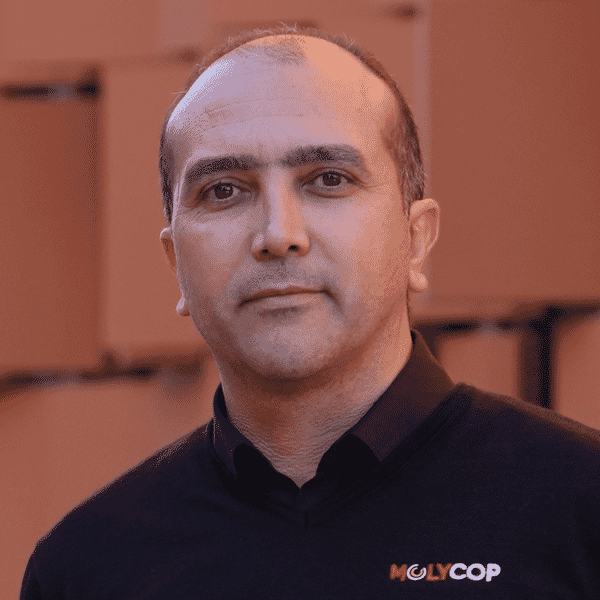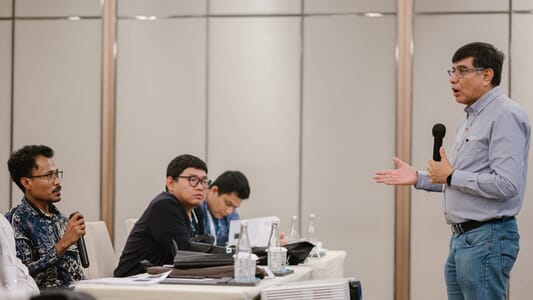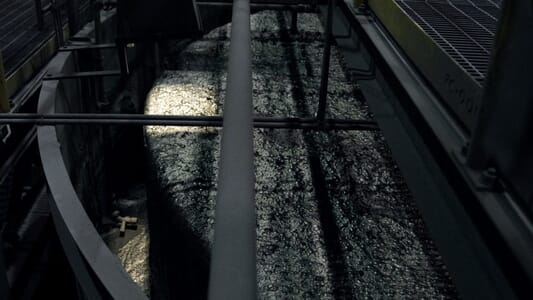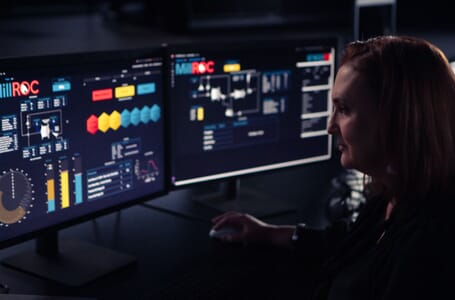In the lead-up to Dr Hamid Pourasiabi’s eagerly awaited webinar on the BMAT benchmarking tool, we sat down with Molycop’s Principal Tribology Engineer to learn more about the benefits the BMAT can bring to modern comminution strategies.
Key Facts
- The BMAT delivers substantive improvements in operating costs, productivity, energy efficiencies and recoveries over traditional testing methods.
- The test allows operators to evaluate grinding media performance under conditions that are much closer to real-world applications than traditional lab tests.
- Hamid’s upcoming webinar should be attended by anyone involved in grinding media selection, comminution optimisation and R&D.
Molycop’s Ball Mill Abrasion Test (BMAT) delivers substantive improvements in operating costs, productivity, energy efficiencies and recoveries over traditional marked ball wear testing.
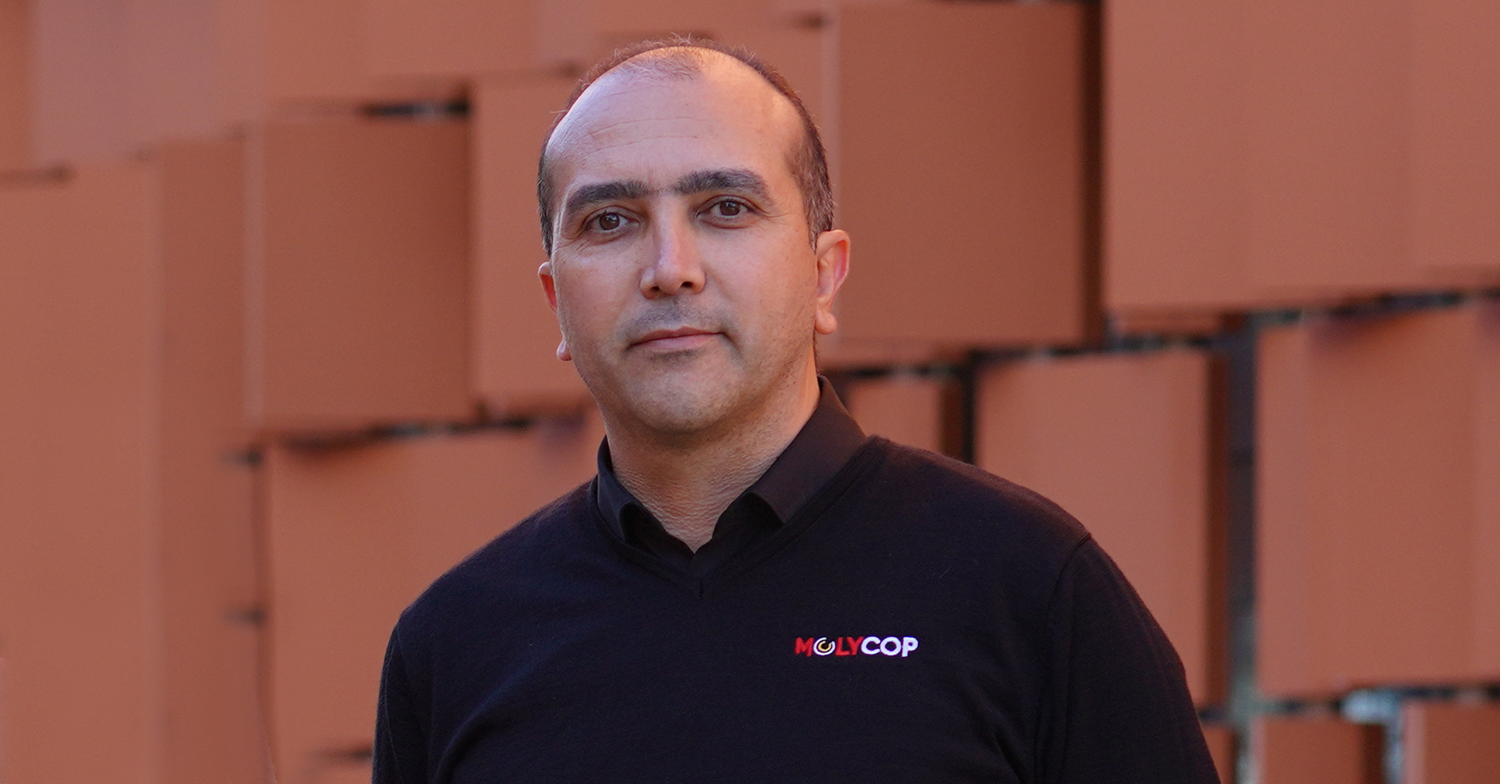 Dr Hamid Pourasiabi, Principal Tribology Engineer at Molycop, will soon present a webinar on this grinding media performance evaluation method, which offers a new approach to measuring grinding media performance.
Dr Hamid Pourasiabi, Principal Tribology Engineer at Molycop, will soon present a webinar on this grinding media performance evaluation method, which offers a new approach to measuring grinding media performance.
We spoke with Hamid about the significance of the BMAT.
For those unfamiliar, what is the BMAT and why is it important?
The BMAT is a laboratory-scale abrasive wear test developed to replicate the environment and dynamics of industrial ball mills. It allows us to evaluate grinding media performance under conditions that are much closer to real-world applications than many traditional lab tests. It’s an important tool, especially in new product development and material selection projects..png)
How does BMAT differ from other wear tests like the Marked Ball Wear Test (MBWT)?
The BMAT is designed to replicate the service conditions that grinding media experience in industrial mills, as represented by the MBWT. However, despite reflecting real-world conditions, the MBWT presents several practical challenges. The BMAT offers a controlled, repeatable lab environment where we can simulate various wear mechanisms and get comparative results quickly.
What are some of the key advantages of the BMAT?
There are several. For one, the BMAT allows full retrieval of all test samples, which boosts statistical reliability. It’s also cost-effective, doesn’t require drilling or tagging of media, and accommodates real ore from customer sites – so you get very accurate, relevant results. Plus, it’s incredibly versatile: we can run multiple modes to simulate different grinding conditions, and tailor the media composition and ore properties.
Who should attend your upcoming webinar?
I’d recommend it for anyone involved in grinding media selection, comminution optimisation, or R&D – especially metallurgists, process engineers and product development specialists. If you're working with MBWT already, this is a great chance to learn how the BMAT can work alongside it to save time, improve data confidence and reduce development and media selection cost and time.
What do you hope participants take away from the session?
I want people to walk away with a better understanding of how the BMAT works, how it supports their current processes, and how it can be a practical, accessible tool in the product evaluation toolkit. The more we can align our lab simulations with what actually happens in the plant, the better our decisions and outcomes will be.
Molycop – Progress Together
